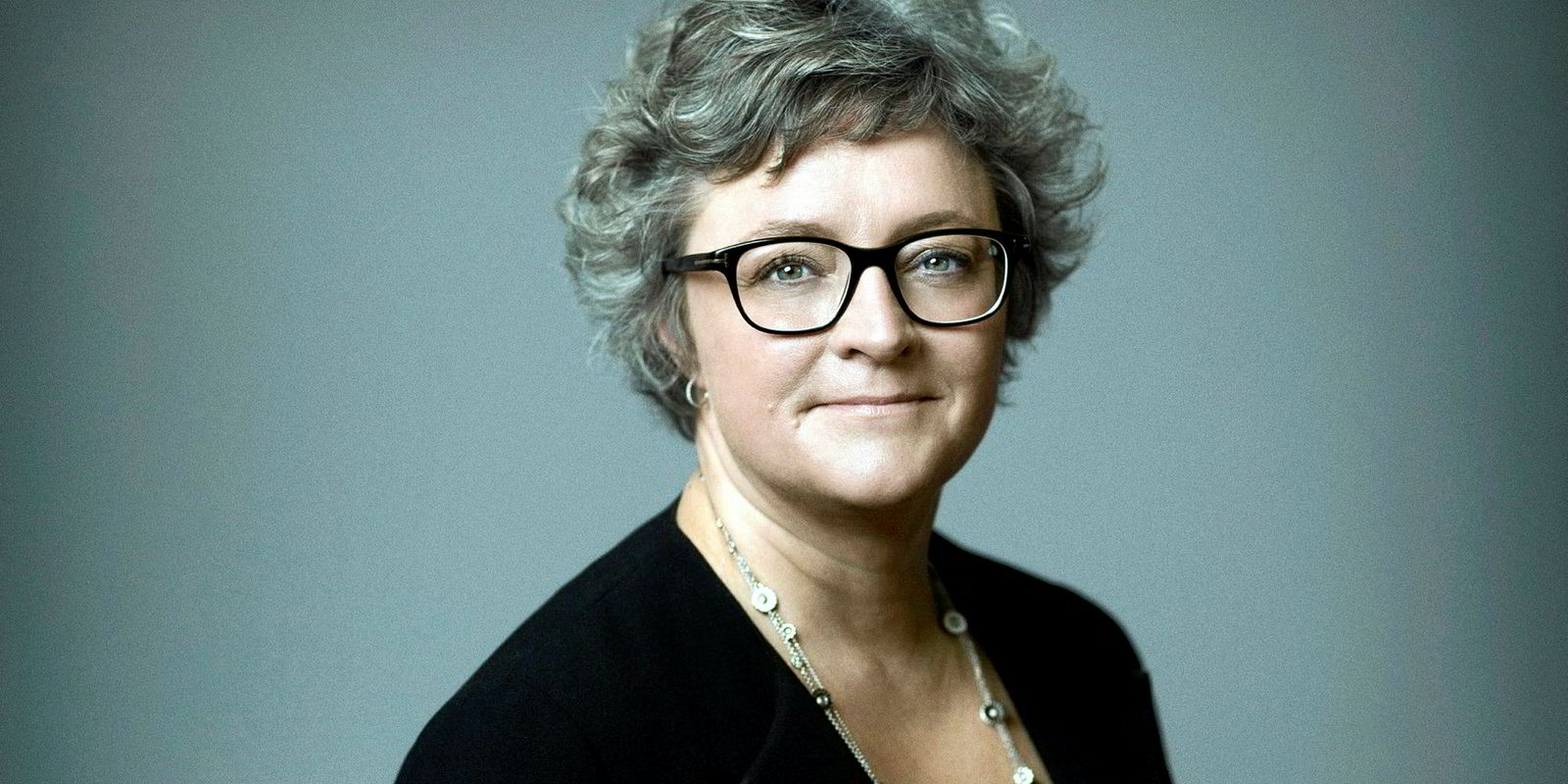A radical plan to halve shipping emissions by 2050 is likely to be the most influential factor in ship design and technology over the coming years.
The International Maritime Organization (IMO) is discussing a strategy for reducing carbon emissions, in line with the Paris Agreement on climate change, limiting global warming increases to 2°C above pre-industrial temperatures.
This “road map” will be revealed next year and the programme will start with a series of short-term measures. But it is the long-term aspiration to slash shipping’s carbon footprint that will send naval architects and marine engineers back to the drawing board.
A study commissioned by the Danish Shipowners’ Association (DSA) is winning support at the IMO among developed nations and some substantial flag states, including the Marshall Islands, that are facing an environmental crisis as a result of climate change.
The DSA says shipping needs to cut emissions by 50%, amounting to about 400 megatonnes a year, by 2050 to contribute its “fair share” towards achieving the Paris target. It proposes that the industry then work towards being carbon-free in the second half of the century.
The reduction goals are based on “carbon intensity”, which considers emissions and the amount of cargo carried.
The DSA suggests that current technology is not enough and alternative fuels and offsetting will be required. “Reductions can, to some extent, be achieved through further technical and operational improvements, and through the introduction of market-based measures. A shift to low-carbon fuels will be a necessity to meet the long-term targets,” it said.
Among the market measures it proposes is a simple fuel tax, with some of the revenue raised going towards efficiency technology research and development.
The DSA sees potential in hydrogen as a fuel that would allow shipping to maintain speed and cargo volumes while dramatically cutting greenhouse-gas emissions. But it acknowledges that there are unknowns over the fuel.
“Because the study did not exhaustively test all the potential fuels, the study’s finding that hydrogen could have an important role in the future of international shipping is not evidence that hydrogen is the most suitable,” the association said.
“But it does indicate the potential for fuels like hydrogen generally, as a means to convert energy into a store of energy for use in ships.”
Japan’s Kawasaki Heavy Industries is developing the world’s first hydrogen ship.
One factor under discussion that would have an immediate impact on design is to bring the Energy Efficiency Design Index (EEDI) targets forward.
That means EEDI Tier III requirements to improve ship efficiency by a further 30% would be introduced in 2020 rather than 2025. A substantially higher target is also expected to be set for Tier IV, which is yet to be discussed at the IMO.
Yet there is a feeling that shipping has barely touched the potential of emissions reduction technology such as air cushions, hull coating, contra-rotating propellers and waste-heat recovery in the initial phase one of the EEDI.
Containerships have been able to meet the target by slow steaming and increasing cargo capacity, while most other newbuildings met it simply through more effective hulls and propellers.
A report prepared by Dutch consultancy CE Delft for the IMO says efficiency gains so far have been achieved mainly “through optimisation of relatively conventional machinery, hull form and propeller”.
“There remain a number of options still available for attained EEDIs to be reduced further,” it added.
But analysts says some ship types, such as bulkers, seem to find it easy to meet the Tier III targets, while others, such as ro-ro ships, can struggle.
Hamburg Bulk Carriers’ 43,500-dwt Venture Joy (built 2016) claims to have reached the IMO Tier III using optimised propellers and hull. It is also fitted as LNG fuel-ready.
Further speed reductions and de-rated engines could be one quick route to reduce emissions that still has some potential. But the IMO is already having to seriously consider the possible safety impact of lighter, less powerful ships.
Even if the IMO does not accept the DSA position, there will be no avoiding emissions reduction targets. Monitoring reporting and verification emissions data will be collected for ships trading to Europe from this August and globally from next year.
The data will be used by regional governments and the IMO to set reduction goals.



